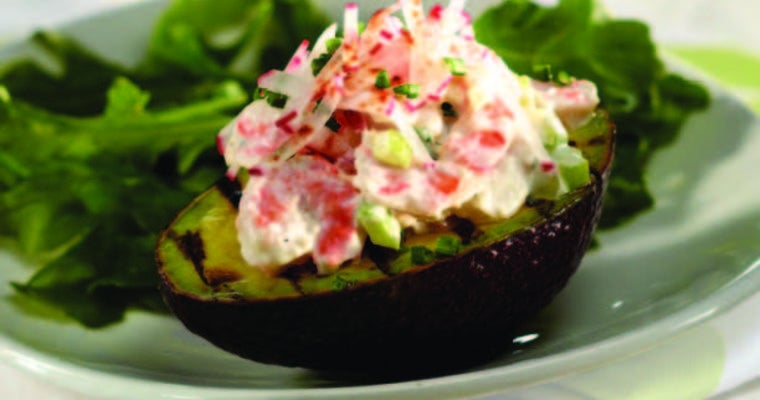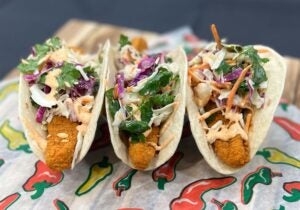By now most people have heard of gluten-free and probably know at least one person who follows a gluten-free diet. Gluten-free was in the National Restaurant Association’s annual top 10 trends report from 2010-2014. But, even with gluten-free being popular there is still a lot of confusion surrounding it.
What is Gluten?
According to the Food and Drug Administration (FDA), a gluten-free food cannot contain barley, rye, oats, wheat, or wheat derivatives, and foods cannot contain gluten at levels of more than 20 parts per million.
Who Needs to Follow a Gluten-Free Diet?
For those with gluten intolerance or celiac disease, following a gluten-free diet is crucial to ensure healthy digestion and minimize adverse symptoms. When people with celiac disease consume gluten, their immune system responds by attacking the lining of the small intestine. As a result, they may experience diarrhea, constipation, bloating, cramps and other symptoms.
Is Following a Gluten-Free Diet Healthy?
As mentioned above, those who have celiac disease or a gluten intolerance need to follow a gluten-free diet. Some people want to follow a gluten-free diet because they view it as healthy. This is not exactly true. Many foods containing gluten are a great source of fiber and certain vitamins and minerals. Following a well-balanced diet is the healthiest option for anyone who does not have condition that warrants them to eliminate certain foods from their diet.
What Challenges Does Offering Gluten-Free Options Present to Foodservice Directors?
Avoiding cross-contact can be the biggest challenge when deciding to offer gluten-free foods. Below are steps that need to be considered prior to serving gluten-free meals.
- Review nutrition labels to make sure all of the ingredients that will be in your gluten-free options are in fact gluten-free.
- Have a separate area in the kitchen to prepare gluten-free meals.
- Use separate cutting boards, cookware, and utensils that are cleaned and sanitized.
- For fried items, use a clean fryer with new oil or use a separate fryer for gluten-free items.
- Use separate serving equipment and utensils that are cleaned and sanitized.
- Have separate pails for cleaning gluten-free areas.
- Use separate labeled containers for storing gluten-free products.
How can Gordon Food Service help customers be successful offering gluten-free options?
- Gluten-Free Product List and filtering option available through NextGen Ordering.
- Gluten-Free Guide.
- Gluten-Free Recipes.
- Training on Gluten-Free.
- Posters on Gluten-Free.
- Nutrition Resource Center (NRC). Our team of registered dietitians and certified food-safety professionals offers many food-safety tools and resources for customers. If you are a customer, learn more about our food-safety service offerings.




























